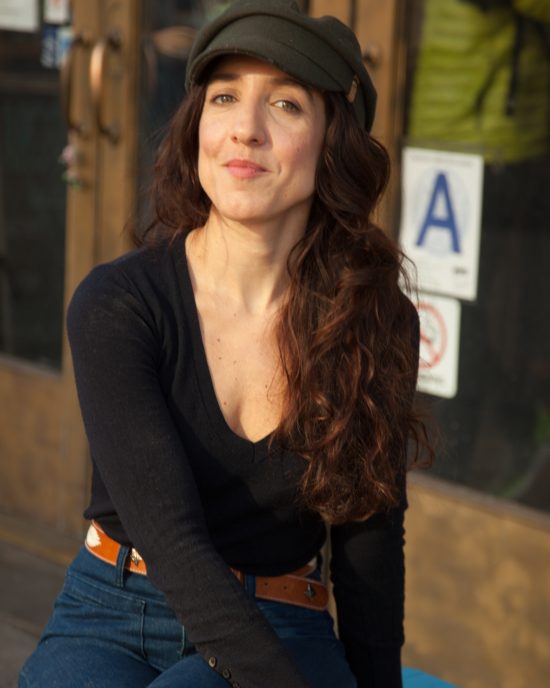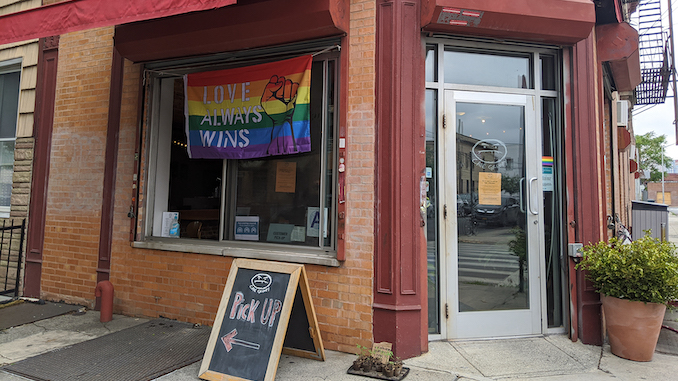
Will our former favorite hangout spots change, and what will bar flow look like?
BY MAI GAN
SPECIAL TO BARISTA MAGAZINE ONLINE
Cover photo courtesy of Caroline Bell
Coffee shops have been designed as welcoming, open spaces—perhaps even more comfortable than our own homes. Interior designer Cemre Durusoy of drsy says, “A must-do for any coffee shop is to foster the connection between baristas, customers, and the product.” But between the drive-throughs, walk-up windows, and digital ordering apps, the romance and community of our favorite hangout spot and its bar flow is rapidly changing, especially after COVID-19.
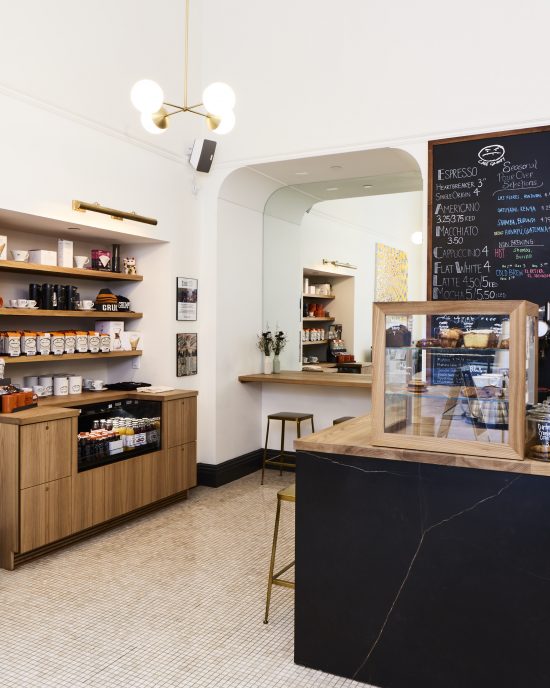
A different kind of design
Customers expect artisanal specialty drinks and they expect them fast. How does design impact the quality and efficiency of a café? Cemre says, “Unlike a restaurant or a bar where the design is mostly focused on the dining experience, at a coffee shop, you have a small window of time to deliver a pleasant experience and it could easily go wrong in a crowded space with long lines and long waits.” If this is the case, then perhaps the design behind the bar is almost more important than the front.
What is bar flow?
According to Cemre, “(Bar flow) is a critical part of the design, especially considering the amount of equipment and plumbing fixtures that need to be accommodated.” Bar flow is the process in which the space behind the bar is designed to maximize time and efficiency. The goal is to place equipment and staff in places that will reduce the number of steps baristas make to produce a high volume of drinks and generate more income.
From the location of the register to the placement of the ice machine, Cemre says, “We have to consider the steps to make different types of drinks and make sure all the required equipment pieces are within easy reach.”
Proper bar flow might also mean that orders taken at the register are sent to a printer close to the barista making the drinks. Or perhaps the order in which the drinks are placed is different from the order in which they are prepared. When building a café from scratch, one can consider the customer flow, but what if the space is inherited?
Caroline Bell, owner of Cafe Grumpy in New York, says, “The physical space you rent is what dictates your flow.” According to Caroline, “You might have an ideal scenario in mind, where customers come in and out smoothly, where ordering and pickup is a breeze, but you can only control it to a point. For example, some spaces are so small, you can’t have much distance between ordering and pickup—so you may have to take one customer’s order and finish preparing their drink before you take the next customer’s order. Other spaces might be so large that you will need signage directing people where to approach the bar.”
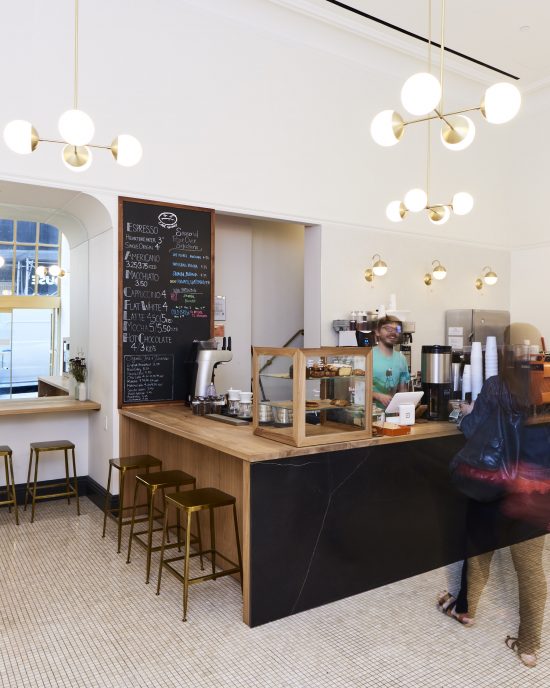
Restructuring bar flow during COVID-19
With new COVID-19 regulations, Caroline had to improvise and change the bar flow at each of her locations; “Each location proposed its own challenges and opportunities. For example, in Greenpoint, we were able to move a table near a large window for walk-up service. In the Lower East Side, we would have people order at the entryway. In both scenarios, we ideally needed two baristas even if the sales were slow, as one barista took the orders at the window and the other barista made the drinks at the actual bar.”
During the pandemic, coffee shops started relying heavily on third party apps like Uber Eats as well as their own apps so customers could order ahead. Caroline says, “Most of the changes implemented during the pandemic were about creating barriers between customers and baristas, which is something we have been trying so hard to undo in specialty coffee throughout the years.” When asked about the future of coffee shop design post-COVID-19, Cemre responded, “We’re more focused on to-go windows than seating. Being able to order online and pick up at a window without having to go inside will be a feature going forward.”
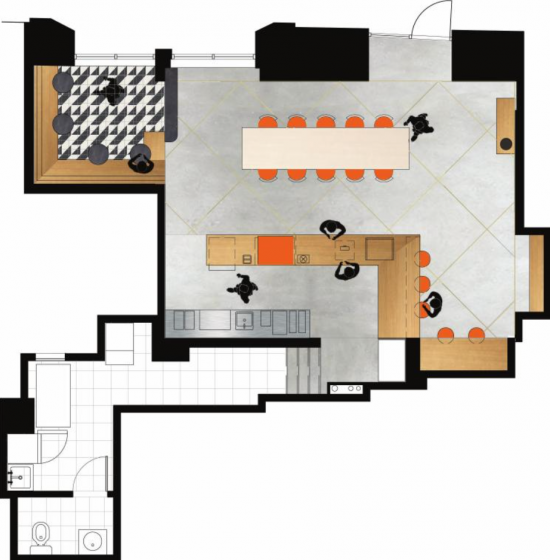
What does the future of bar flow look like?
So what will happen to the “third place”—the cafés with big leather chairs and beautiful art we spend time in between home and work? Have we lost the theater of watching our barista pour a perfect rosetta into a ceramic mug? It seems like the shift started before COVID-19, but the pandemic may have sped up the process. Caroline says she is “looking forward to the day when coffee shops can once again be places where the community can come to gather, enjoy their coffee, and chat with their favorite baristas.”
